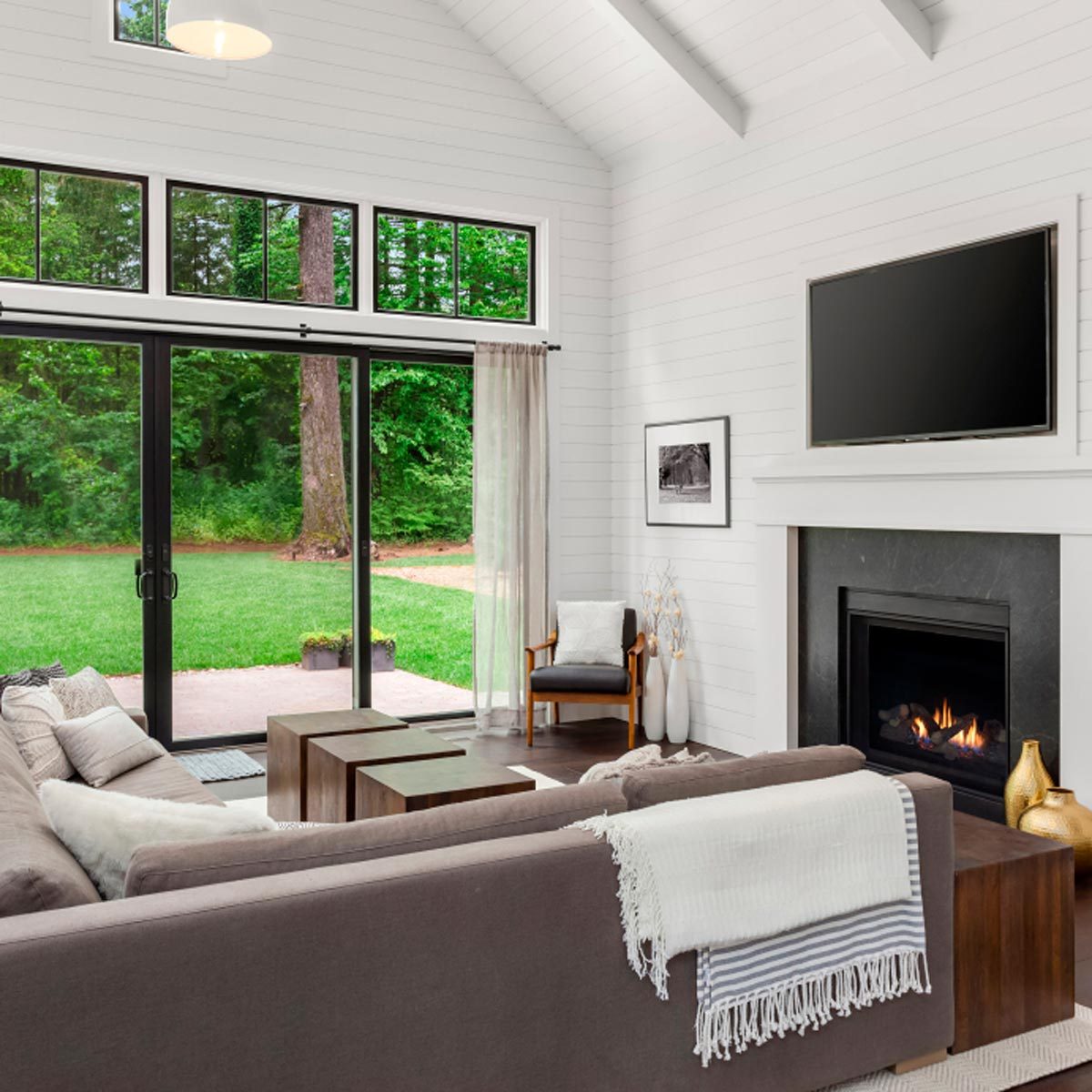
Never Mount a Flat Screen TV Above a Fireplace
A fireplace is an aesthetically pleasing and cozy centrepiece in any living space. The downfall? It may leave you with a conundrum: where oh where to put the TV? Let us help you: anywhere but above the fireplace! The fireplace can warm up your flat screen TV and consequently shorten its lifespan. Plus, if you use the fireplace, soot can get on and into your TV. And if that doesn’t convince you, then think about how uncomfortable it will be to have to look way up there when watching a movie.
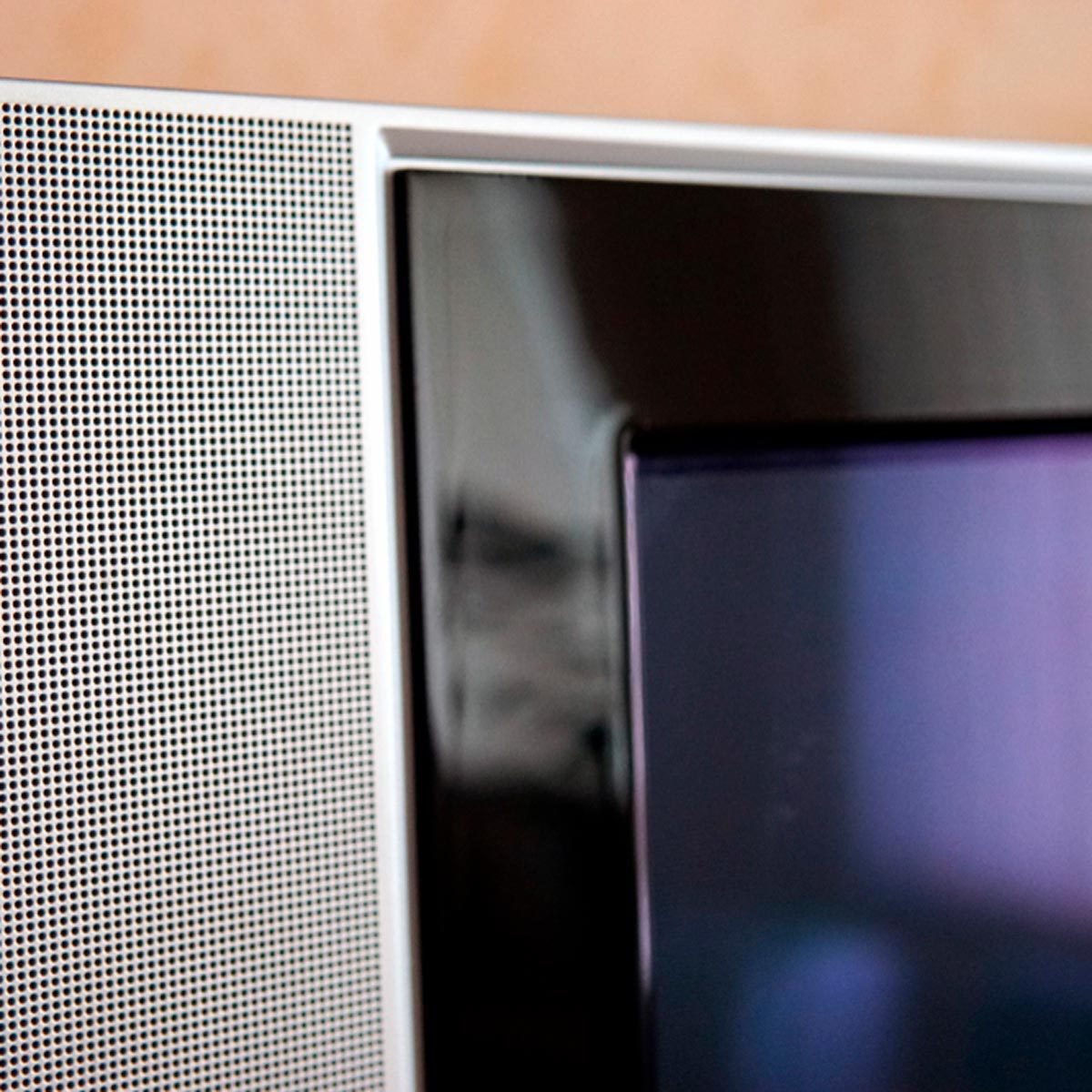
Never Expect Home Theatre Sound From a Flat Screen TV
Nothing’s worse than turning on your TV, settling into a flick you’ve been dying to watch for ages, and then straining the hear the whispered dialogue—even with the volume on max. Yes, TVs have gotten thinner and sleeker—and so have their speakers. At this point, standard built-in flat screen TV speakers aren’t designed for optimal sound output. Make your life infinitely better with an inexpensive solution: a soundbar.
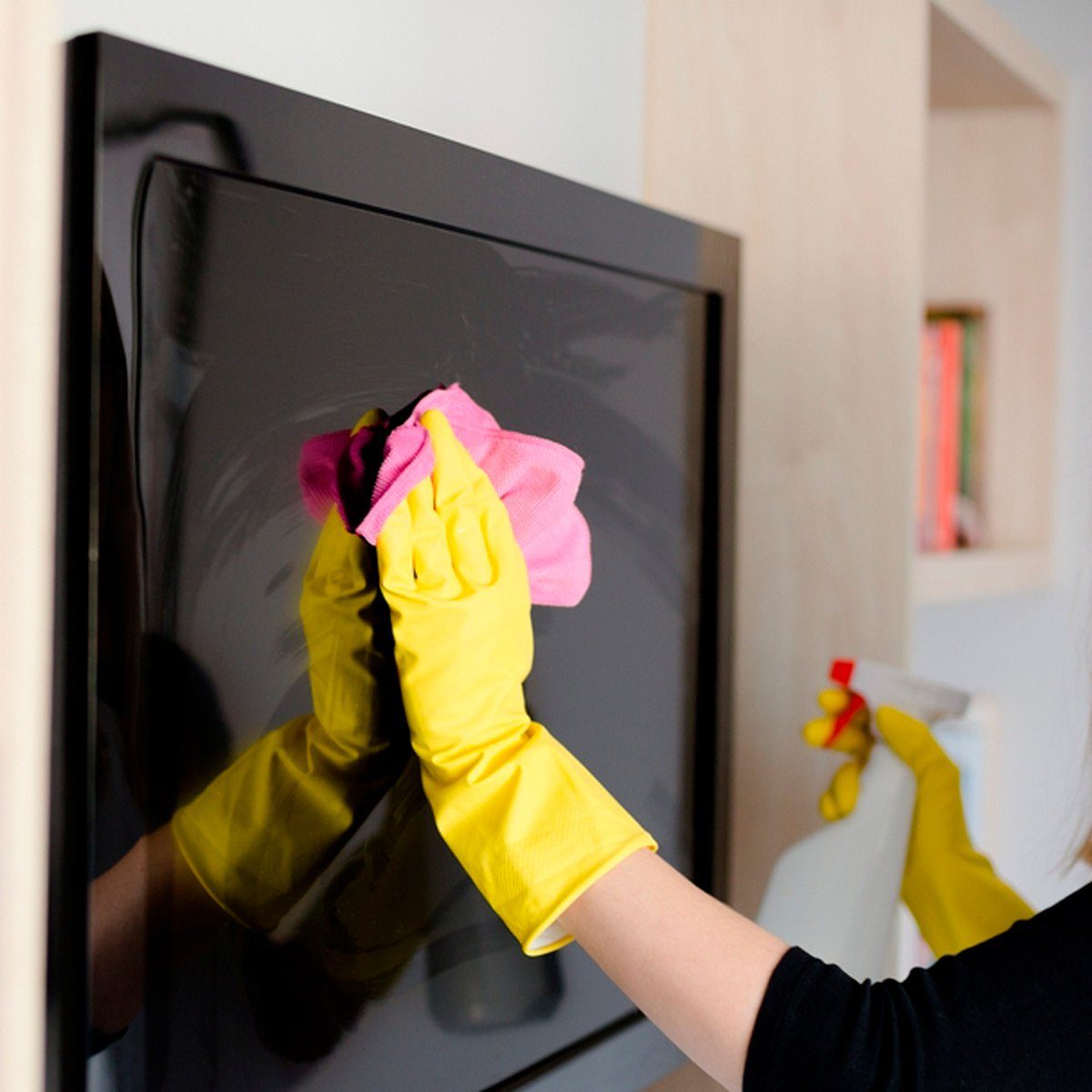
Never Clean with Chemicals
If you’re someone who loves a spotless house and smudge-free screens, you might be tempted to take out your most dependable cleaner and give your flat screen TV a spritz and a quick wipe down. Don’t do it! Harsh chemicals can damage the screen and paper towels and other abrasive materials can scratch it. (Find out more things you shouldn’t be cleaning with paper towels.) Instead, follow the more traditional cleaning method:
- Turn off the TV.
- Wipe it down with a dry, clean rag or duster.
- If absolutely necessary, dampen your dry and clean rag with a solution of equal parts water and vinegar, and then clean the screen.
Here are eight things you should never clean with vinegar.
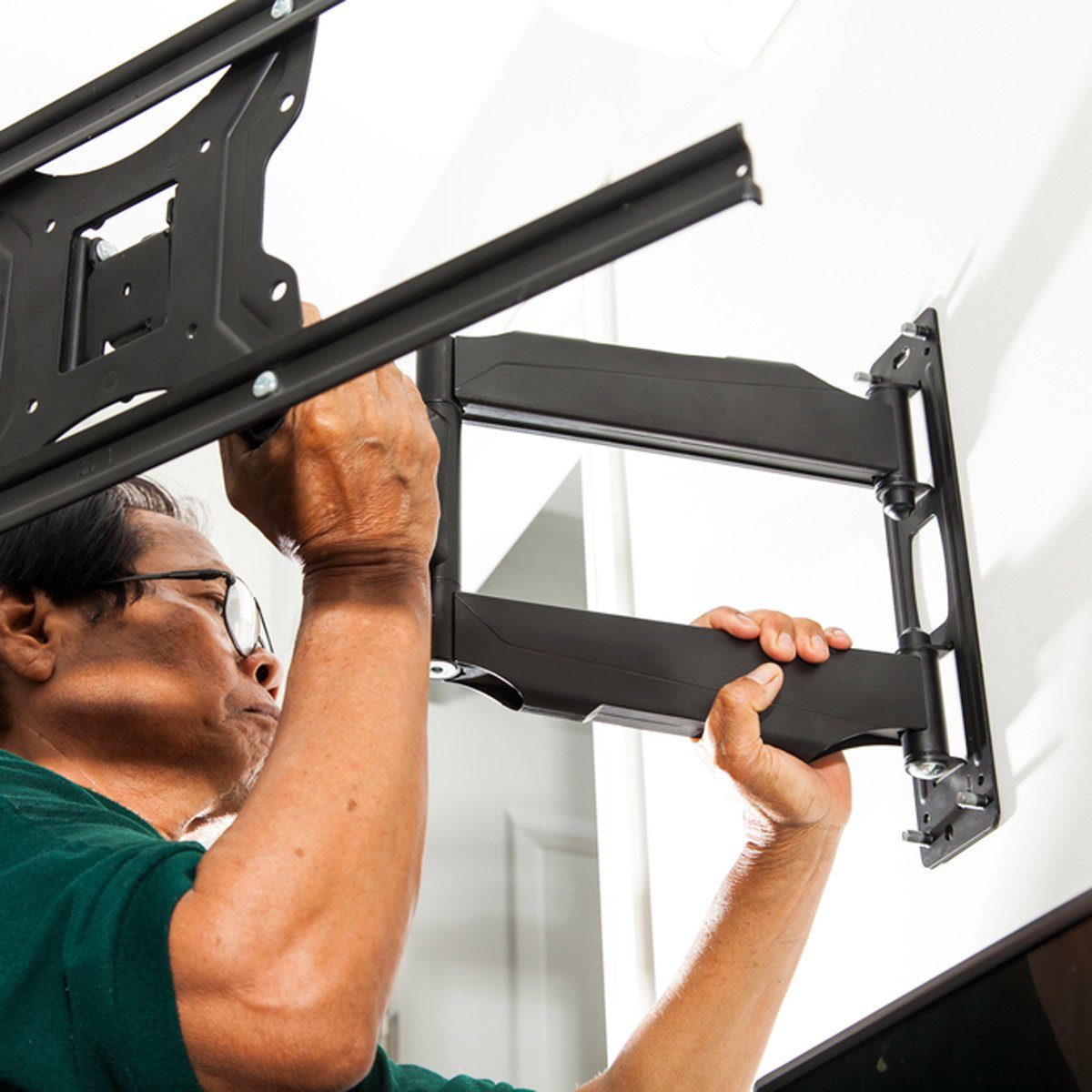
Never Assume You’ve Mastered Mounting
One of the biggest benefits of the flat screen TV is the space you save by mounting the TV on the wall. But, mounting a TV properly requires careful attention to detail and a good understanding of how structurally sound your wall is. The worst thing you can do is feign confidence when you’ve never done it before. So, choose your TV placement carefully, find the studs, and follow these reliable instructions. Resist the urge to use wall anchors because they won’t work unless you use this one.
You can’t help but laugh at these hilarious electrical fails!
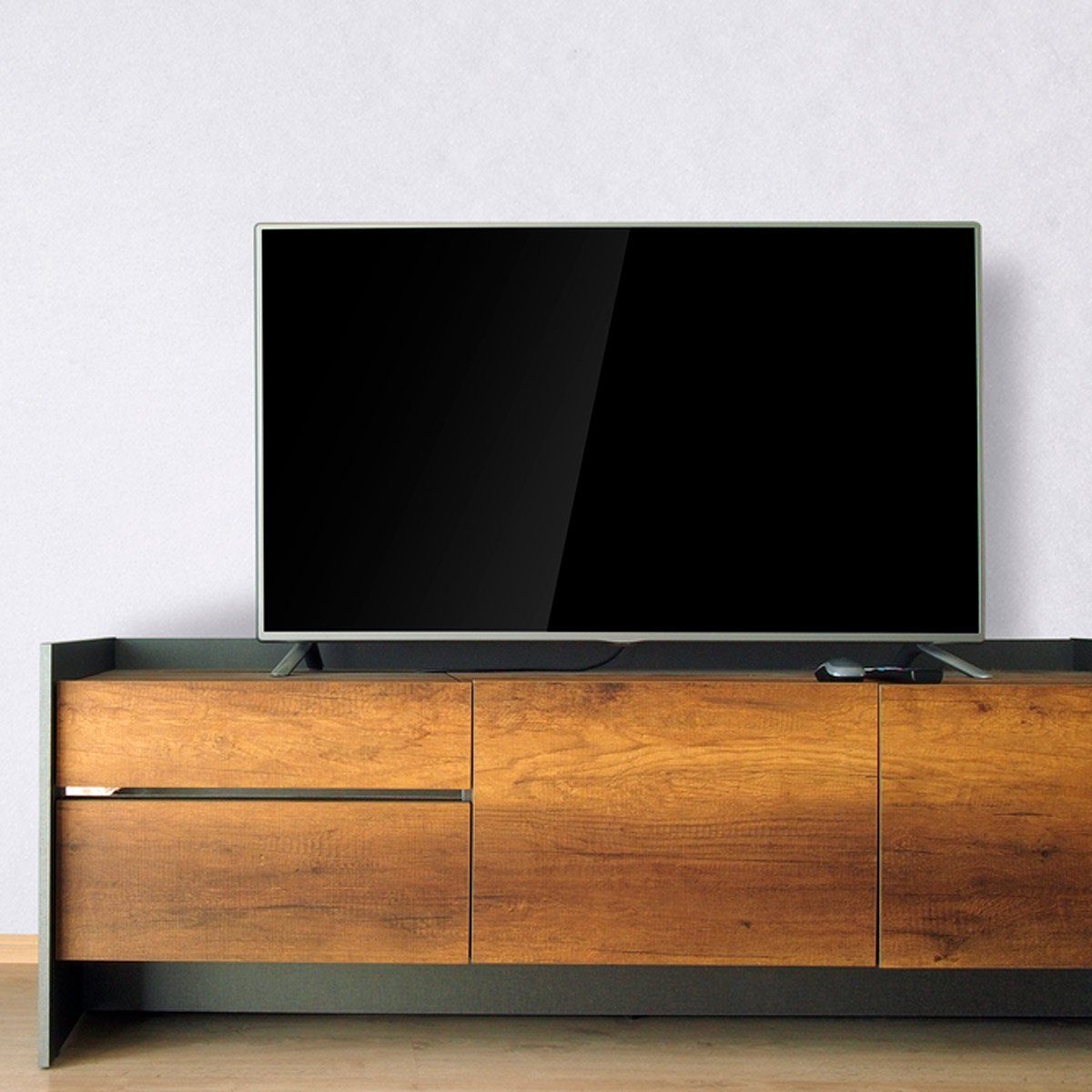
Never Underestimate the Danger Potential
Flat screen TVs may be lighter than their predecessors but they still pose a hazard, especially if you have young kiddos who like to climb furniture. If the TV isn’t mounted on the wall, it’s critical that you have a solid TV stand that’s the appropriate size for your TV. An extra safety precaution is to purchase safety straps that will anchor the TV to the wall, or mount your TV to the wall and stop worrying about it tipping over.
Here are 12 home improvement projects you should never DIY.
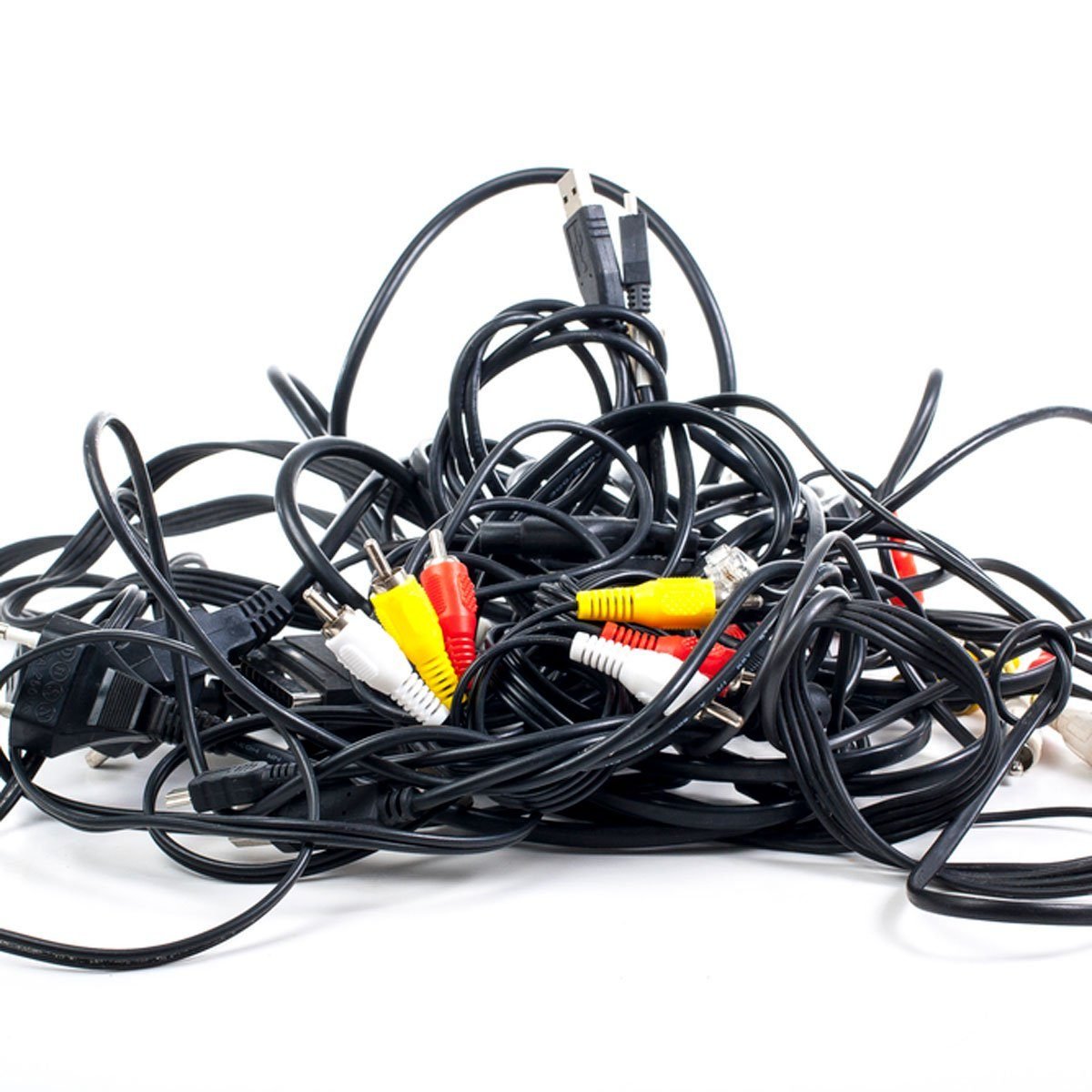
Failing to Corral the Cords
Nothing is less attractive than sitting down to watch your crisp, clear flat TV screen only to be distracted by an ugly mess of wires. It may be stressful to untangle and organize those wires and cables but it’s even more stressful to look at them all the time. Wiring the TV correctly is an important first step, but keeping all of those wires under control is a critical follow-up. Try sneaking them into your TV stand, zip-tying some together, or hiding them with these brilliant home organizing hacks.
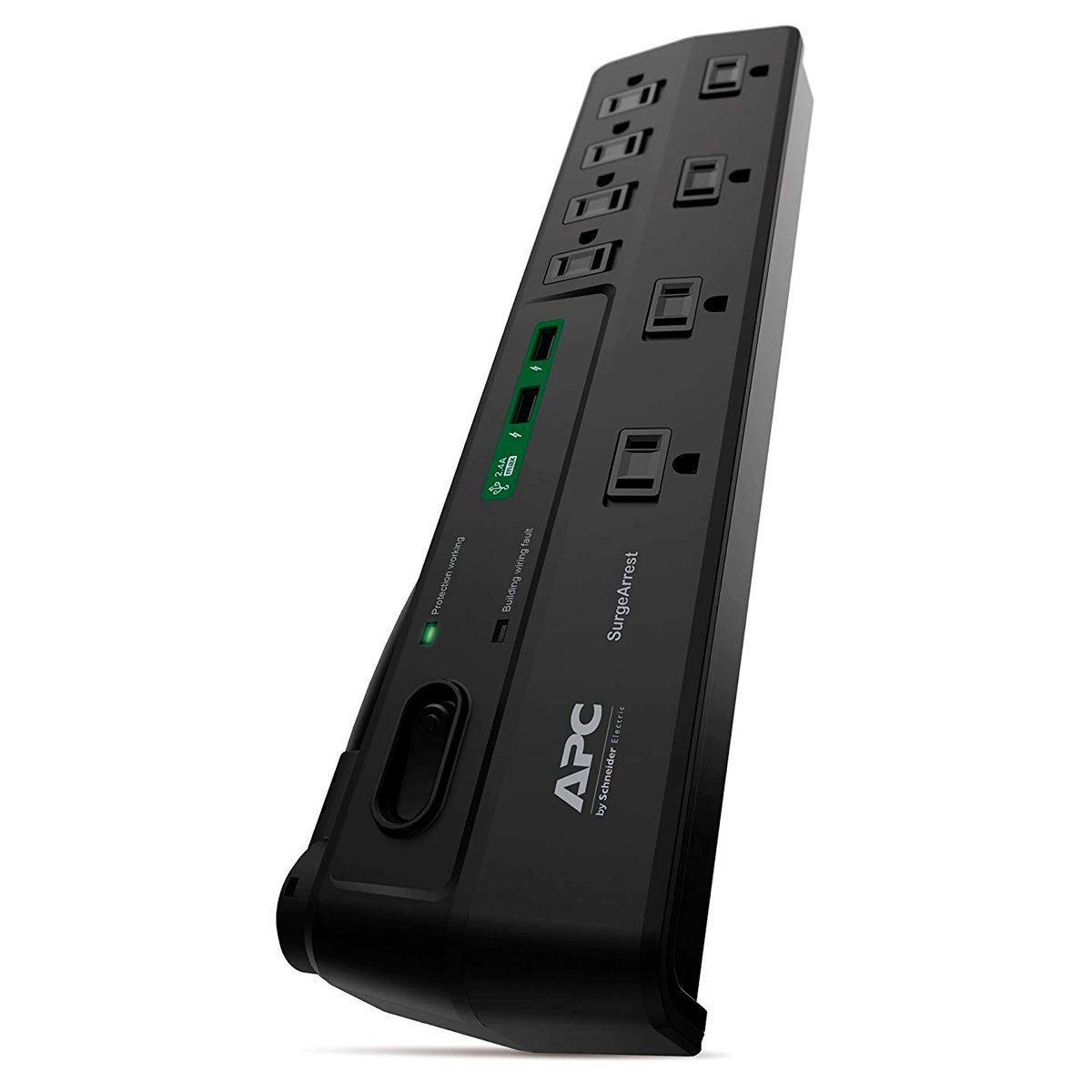
Never Forget the Surge Protector
If you bought your flat screen TV from a retail store with the help of a salesperson, it’s likely you heard a pitch for an extra powerful and fancy surge protector. While you don’t need the $100+ option, you definitely need an option. So, if you haven’t purchased a surge protector for your TV, buy one now and set it up correctly. It will protect your flat screen TV and other expensive devices from any surge of power that could destroy them.
Caution—these 10 household items could explode without warning.

Never Choose an Awkward Placement on the Wall
If you gather people to watch the likes of the World Series game 7, award shows or the Olympics, you’ll want to make sure everyone can settle in and see the screen comfortably. Too often, flat screen TVs are placed either too high or too low, which results in an audience with stiff necks. Guidelines suggest 56 inches from floor to centre of TV for a 42-inch TV, 61 inches for a 55-inch TV and 67 inches for a 70-inch TV.
Another awkward placement: the TV seems correctly positioned but then the afternoon sun prevents you from actually seeing the afternoon game. Make sure you’ve considered how your windows and the glare from the sun will impact your ability to see the screen, unless you don’t mind having the windows covered with shades, blinds or curtains.
Here are 10 more ways you’re arranging your furniture all wrong.
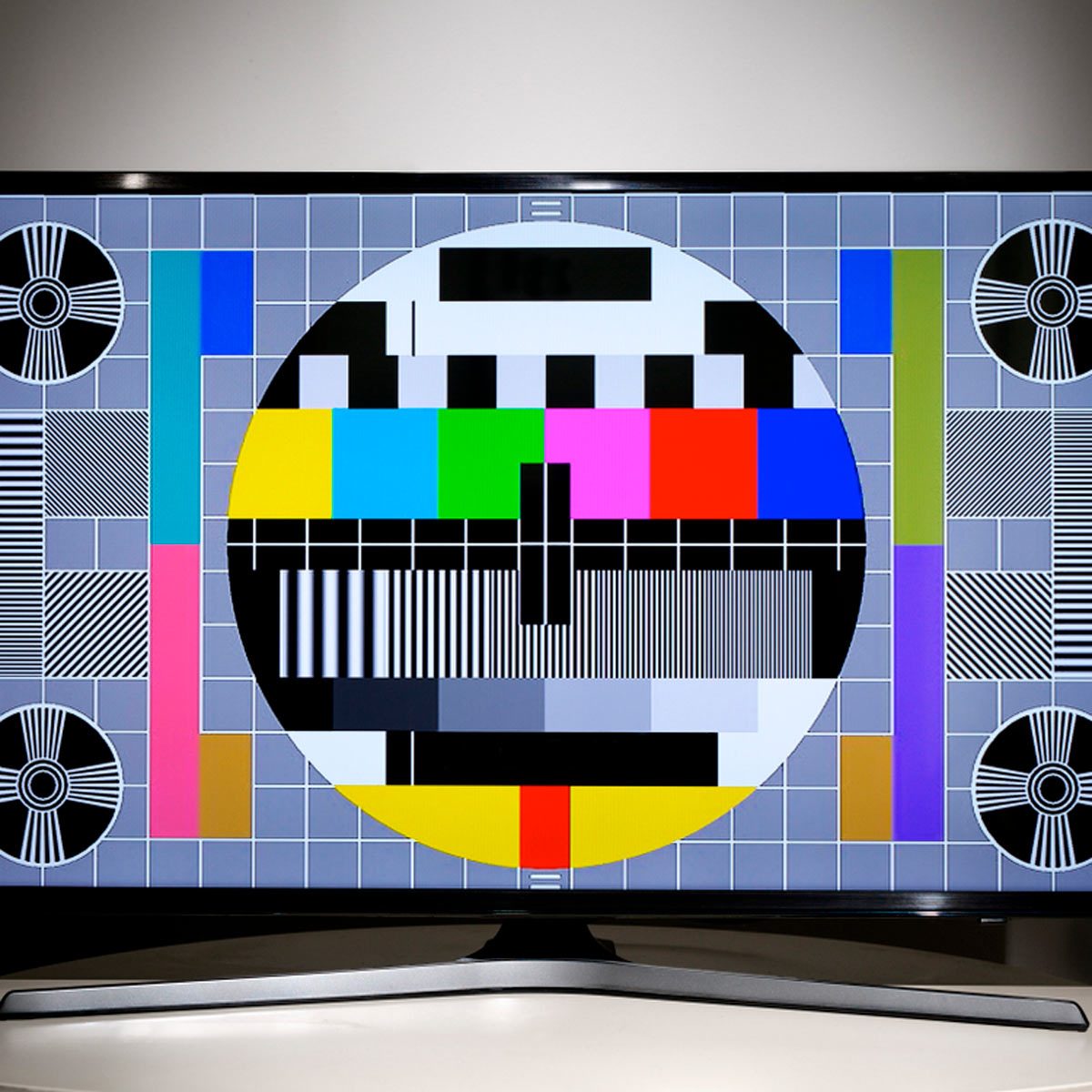
Never Neglect the Calibration
Most flat screen TVs today come with pretty accurate settings for colour, brightness, contrast, etc., but if you have the patience and ambition to perfect the calibration, it could ultimately make the viewing experience better. You can hire a professional to do this for you or you can do it yourself, but be sure to read up on optimal settings beforehand.
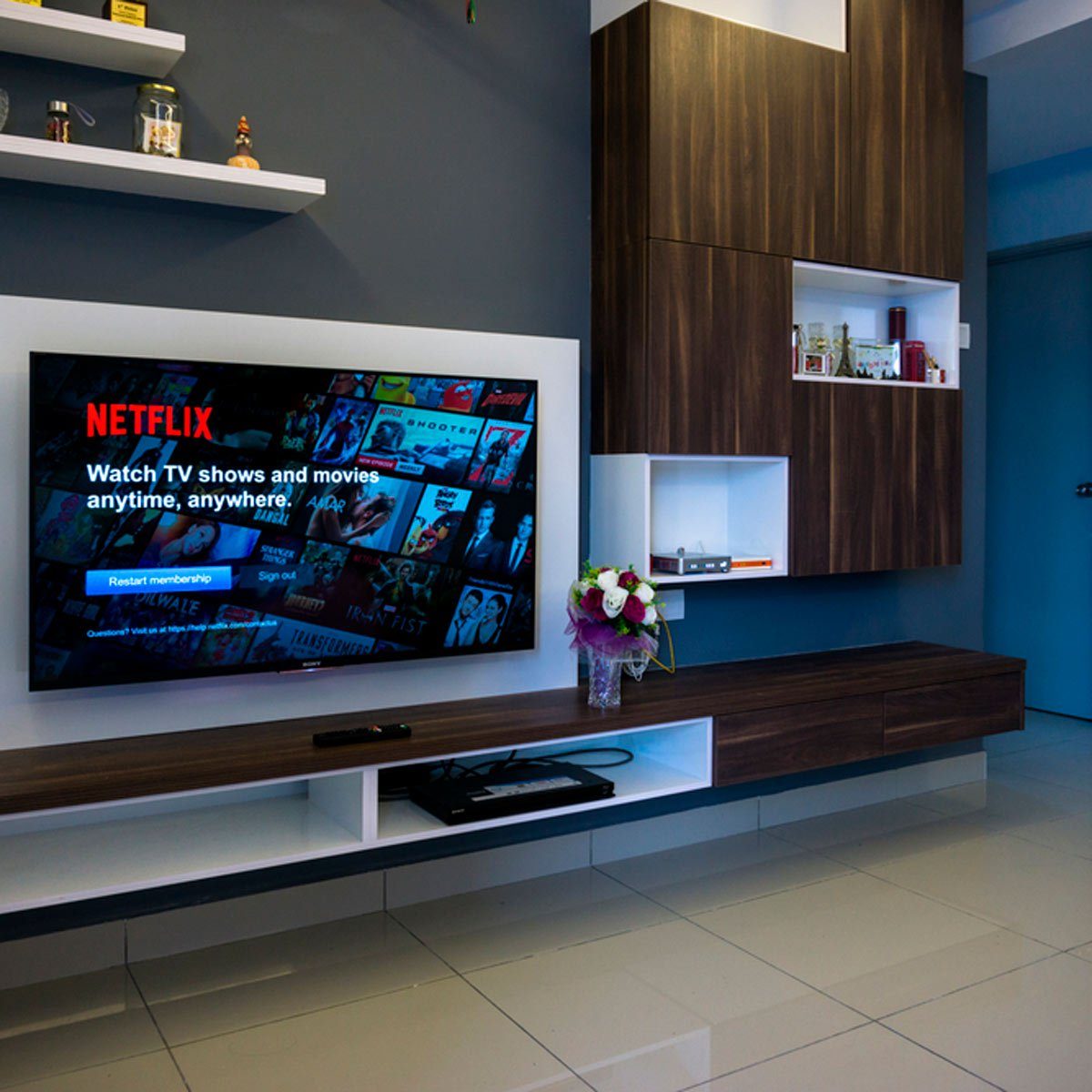
Never Cook Your Gadgets
Flat screen TVs are only as great as the gadgets that support them. Well, maybe not all the time, but TV gadgets need just as much attention and care as the TV itself if they’re going to last. Placing your Playstation, Apple TV and/or Blu-ray player (if you still have one of those) in an enclosed TV stand or cabinet will limit air flow to the devices, thus raising their temperature, and shortening their lifespan. We’ve said it before and we’ll say it again: high temperatures can kill electronics.
Here’s how often you need to replace everything in your home.
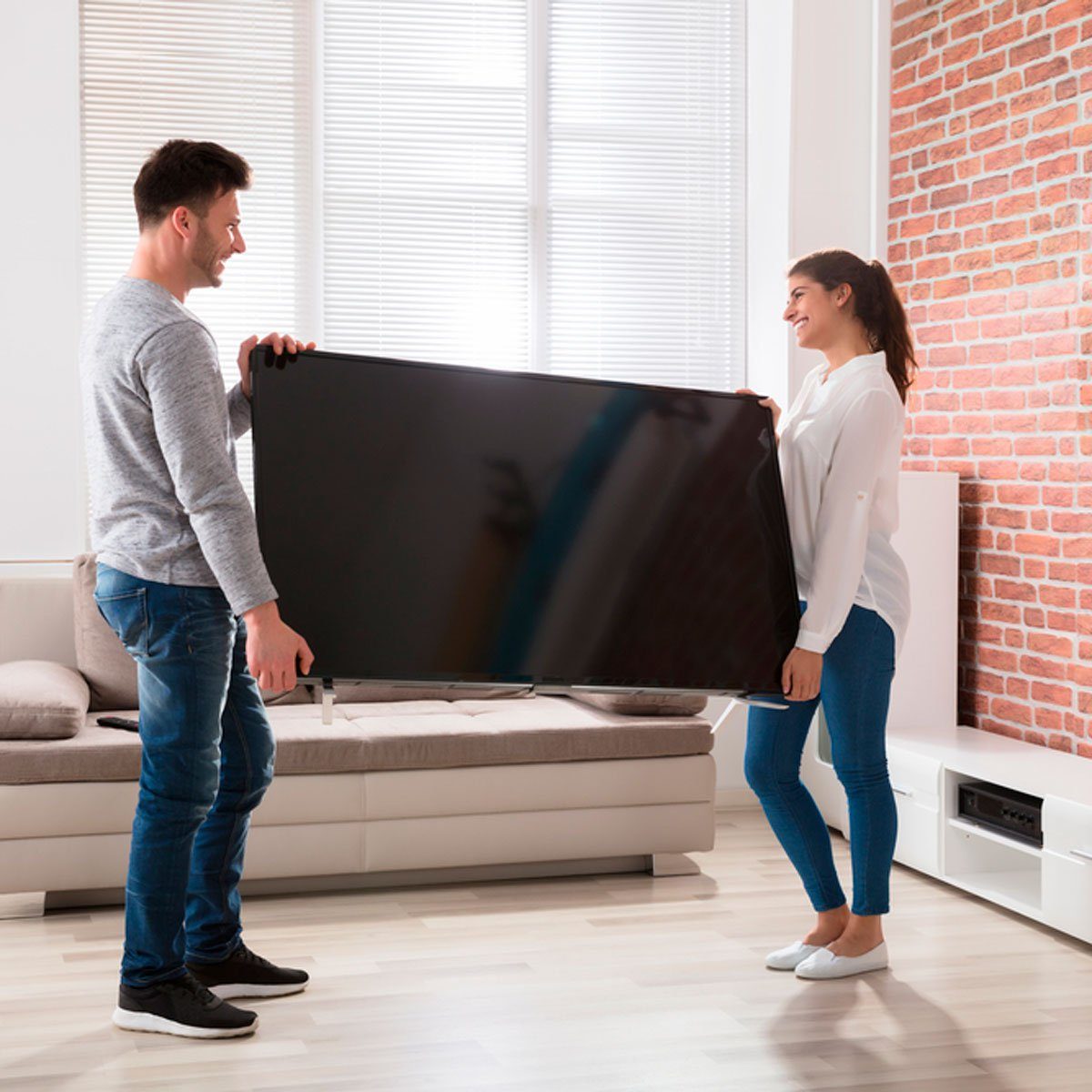
Never Lay it Flat
If you ever move your flat screen TV, keep it upright at all times. They’re designed very carefully so that the weight is evenly distributed when they’re standing up. If laid down, they’re no longer balanced, so gravity can pull the edges down and potentially cause the screen to crack. Talk about a moving catastrophe!
Here are 25 more things you need to do when you move into a new home.